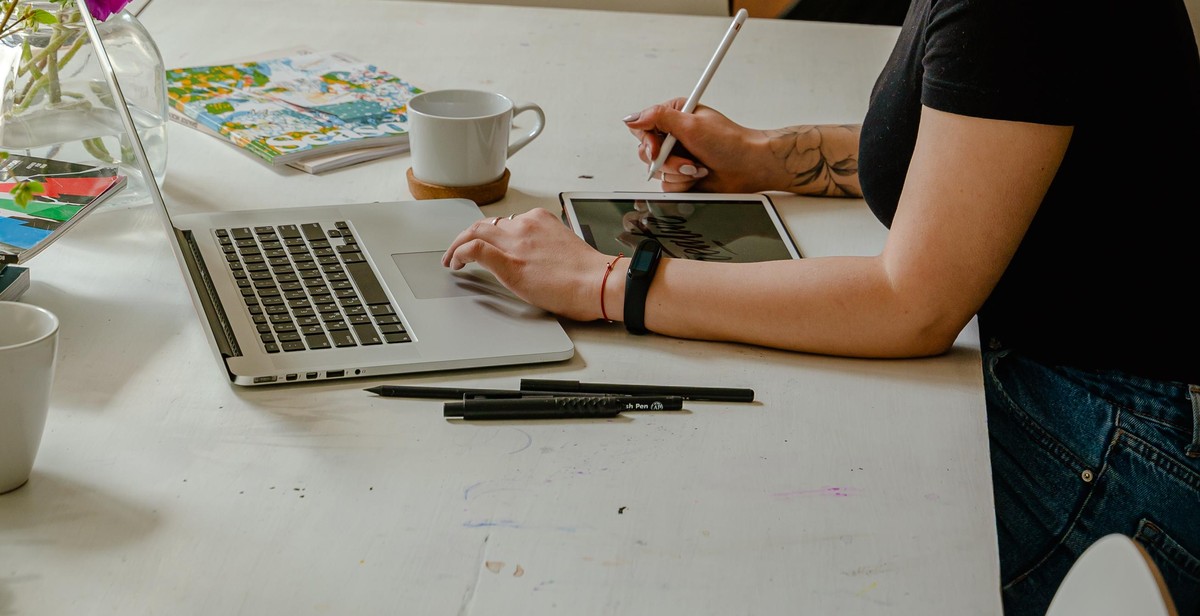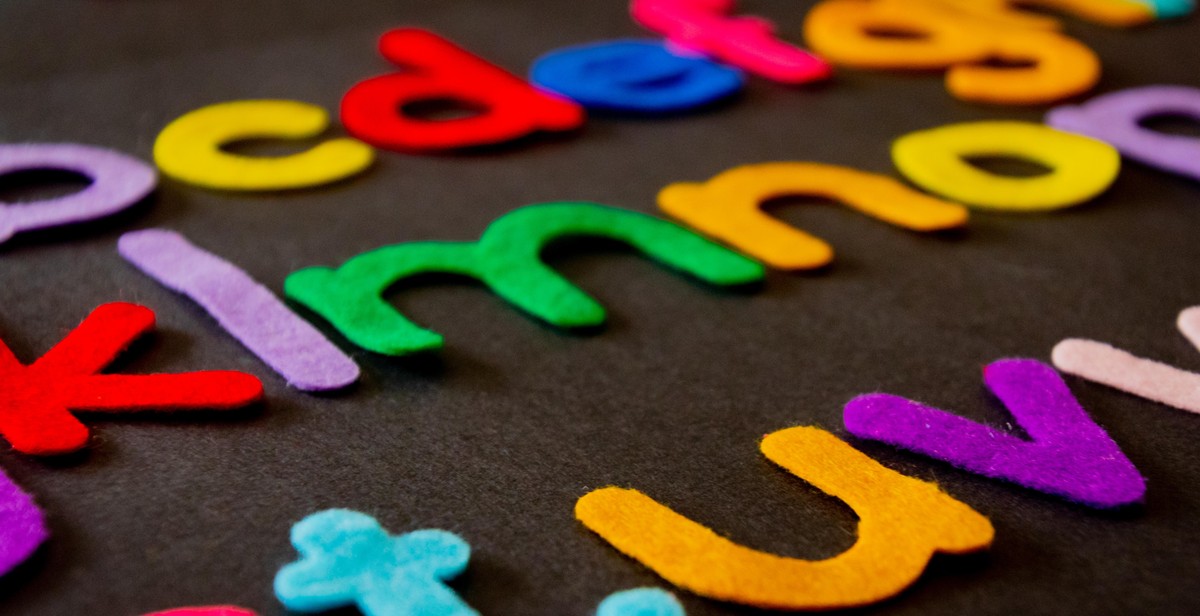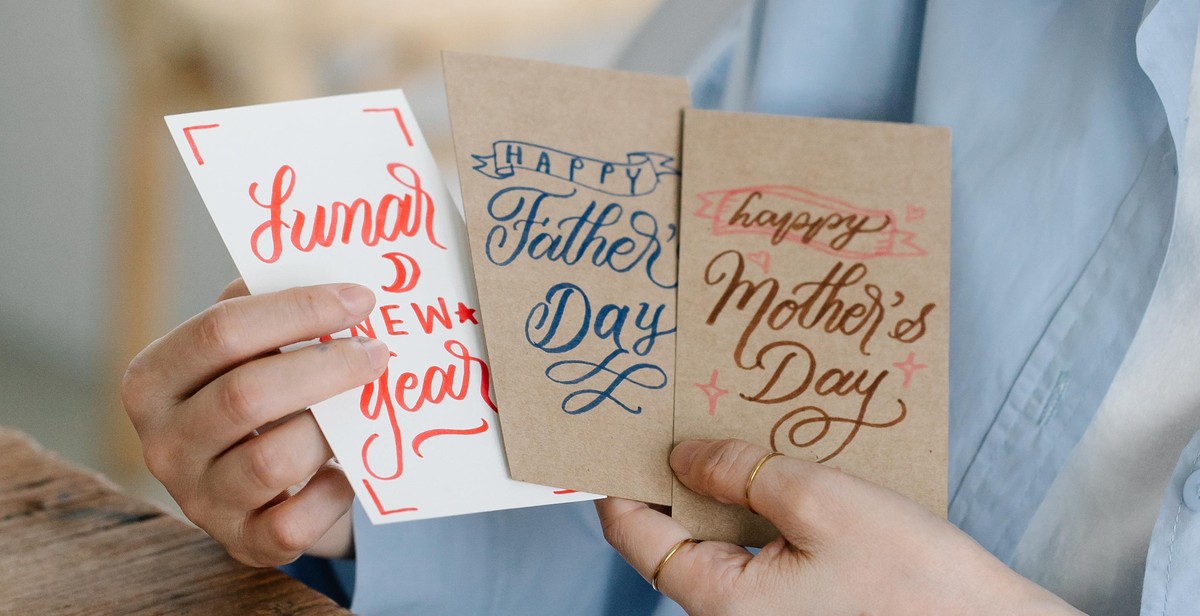Introduction
Typography art is a creative way to express your thoughts, emotions, and ideas. It is a form of art that uses beautiful and unique lettering to create stunning visual designs. Calligraphy is the art of writing beautiful letters and is an essential skill for creating typography art. With calligraphy, you can create unique and personalized designs that are both visually appealing and meaningful.
Why Calligraphy?
Calligraphy is a timeless art form that has been around for centuries. It has been used to create beautiful manuscripts, books, and artwork. Today, calligraphy is still widely used in various forms of design, including logo design, wedding invitations, and typography art. Calligraphy allows you to create unique lettering styles that cannot be achieved with regular handwriting. It is a form of art that requires patience, precision, and practice to master.
Creating typography art with calligraphy is a fun and rewarding experience. It allows you to express your creativity while developing your calligraphy skills. With the right tools and techniques, you can create stunning designs that are sure to impress. In this article, we will explore the art of calligraphy and how to use it to create typography art.

Getting Started with Calligraphy
Calligraphy is the art of beautiful writing, and it has been around for centuries. It is a form of self-expression that allows you to create stunning typography art that is both beautiful and functional. Whether you are a beginner or an experienced artist, calligraphy can be a rewarding and enjoyable hobby. Here are the essential steps to getting started with calligraphy:
Choosing the Right Tools
The first step in getting started with calligraphy is to choose the right tools. You will need a calligraphy pen, ink, and paper. There are many different types of calligraphy pens available, including dip pens, fountain pens, and brush pens. Each type of pen has its unique qualities, and it is essential to choose one that feels comfortable in your hand and produces the type of strokes you want.
Ink is also an important consideration in calligraphy. You can choose from various types of inks, including water-based, oil-based, and acrylic-based. Each type of ink has its unique properties, and it is essential to choose one that works well with the type of pen you are using and the paper you are using.
Finally, you will need to choose the right paper for your calligraphy. The type of paper you choose will affect the way your calligraphy looks. You can choose from a wide range of papers, including smooth and textured papers.
Learning the Basics
Once you have chosen your tools, the next step is to learn the basics of calligraphy. Calligraphy is based on a set of fundamental strokes that are combined to create letters and words. It is essential to learn these basic strokes and practice them before moving on to more advanced techniques.
There are many resources available to help you learn calligraphy, including books, online tutorials, and classes. It is important to find a resource that works well for your learning style and to practice regularly.
Practicing Your Technique
Practice is the key to mastering calligraphy. It is essential to practice regularly and to focus on your technique. When practicing calligraphy, it is important to pay attention to your posture, grip, and stroke.
You can practice calligraphy by writing out the alphabet, copying quotes, or creating your own designs. It is important to start with simple projects and gradually work your way up to more complex projects.
It is also helpful to get feedback on your work. You can share your calligraphy with other artists or join a calligraphy group to get feedback and support.
Conclusion
Getting started with calligraphy is a rewarding and enjoyable experience. By choosing the right tools, learning the basics, and practicing your technique, you can create stunning typography art that is both beautiful and functional. With regular practice and dedication, you can master the art of calligraphy and create beautiful works of art.

Typography Art with Calligraphy
If you want to create beautiful typography art with calligraphy, you need to understand the art of typography, choose the right typeface, create a layout, and add decorative elements. Here’s how:
Understanding the Art of Typography
Typography is the art of arranging type to make written language legible, readable, and appealing when displayed. It involves selecting typefaces, point sizes, line lengths, line-spacing, and letter-spacing, among other things. Calligraphy, on the other hand, is the art of beautiful writing. It involves using a special pen or brush to create decorative letters and words.
When creating typography art with calligraphy, you need to understand how to combine these two art forms to create a visually appealing piece. This involves choosing the right typeface, creating a layout, and adding decorative elements.
Choosing the Right Typeface
The typeface you choose will have a significant impact on the overall look and feel of your typography art. There are thousands of typefaces to choose from, so it’s essential to select one that complements your calligraphy style and the message you want to convey.
For example, if you’re creating a typography art piece that’s elegant and sophisticated, you might choose a classic serif typeface like Times New Roman or Baskerville. If you want something more modern and contemporary, you might choose a sans-serif typeface like Helvetica or Futura.
Creating a Layout
Once you’ve chosen your typeface, it’s time to create a layout for your typography art. This involves deciding on the placement of your calligraphy and selecting the appropriate spacing and alignment.
When creating a layout, it’s essential to consider the hierarchy of your text. This means deciding which words or phrases are most important and making them stand out through size, color, or placement.
Adding Decorative Elements
Finally, to create a visually appealing typography art piece, you’ll want to add decorative elements. This can include flourishes, borders, or illustrations that complement the calligraphy and typeface you’ve chosen.
When adding decorative elements, it’s essential to strike a balance between adding enough to enhance the typography art piece and adding too much, which can overwhelm the viewer. Consider using decorative elements sparingly and strategically to create a cohesive and visually appealing piece.
Summary
| Step | Description |
| Understanding the Art of Typography | Learn how to combine calligraphy and typography to create visually appealing pieces. |
| Choosing the Right Typeface | Select a typeface that complements your calligraphy and the message you want to convey. |
| Creating a Layout | Create a layout that considers the hierarchy of your text and the placement of your calligraphy. |
| Adding Decorative Elements | Add decorative elements that complement your calligraphy and typeface, but use them sparingly and strategically. |

Mastering the Art of Beautiful Writing
Calligraphy is a beautiful art form that requires patience, practice, and dedication. To truly master the art of beautiful writing, there are a few key things that you need to focus on.
Developing Your Personal Style
One of the most important things in calligraphy is developing your own personal style. This means experimenting with different letterforms, strokes, and layouts until you find a style that feels natural and unique to you. Don’t be afraid to try new things and make mistakes – this is all part of the learning process.
Practicing Consistently
Consistency is key when it comes to calligraphy. Practicing on a regular basis will not only help you improve your skills, but it will also help you develop muscle memory so that writing becomes more natural and effortless over time. Make a habit of practicing for at least 30 minutes every day, and try to focus on specific areas that you want to improve upon.
Exploring Advanced Techniques
Once you have mastered the basics of calligraphy, it’s time to start exploring more advanced techniques. This might include things like flourishing, shading, or creating unique compositions. There are many resources available online that can help you learn these techniques, including video tutorials, online courses, and forums where you can connect with other calligraphers.
- Try experimenting with different tools and materials, such as different types of pens, inks, or papers.
- Attend workshops or classes to learn from experienced calligraphers and get feedback on your work.
- Take inspiration from other artists and designers, but don’t be afraid to put your own spin on things.
Remember, mastering the art of beautiful writing is a journey, not a destination. Keep practicing, experimenting, and learning, and you will continue to grow and improve as a calligrapher.
